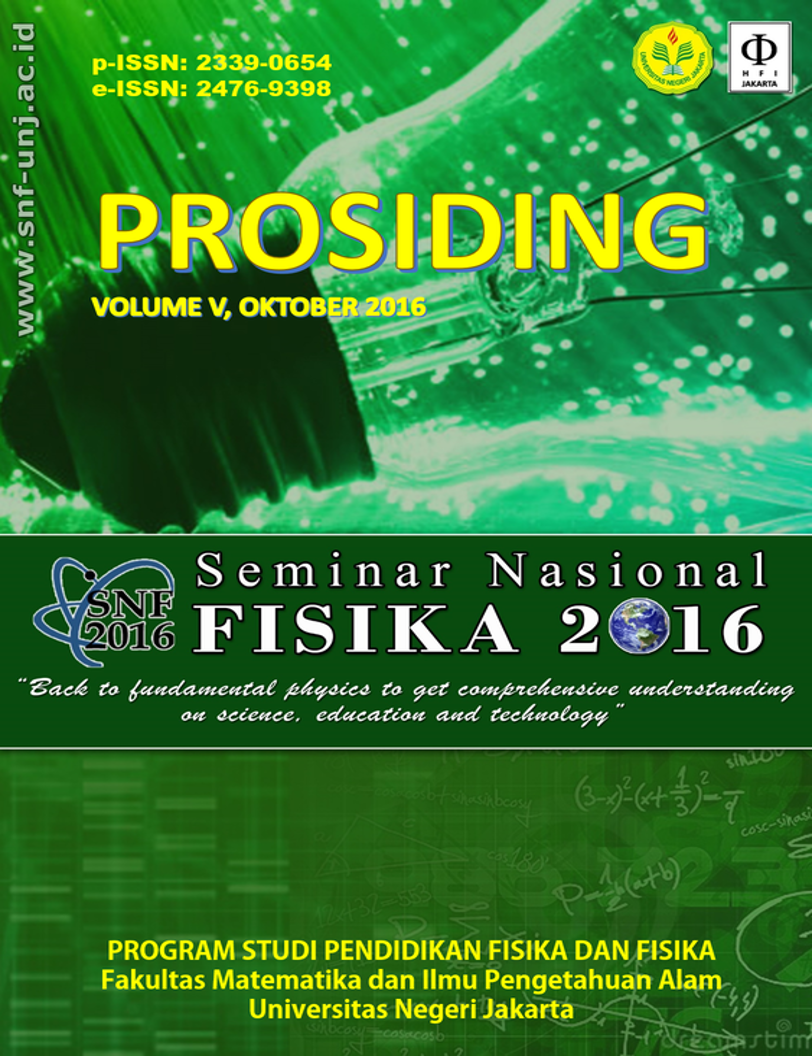RANCANG BANGUN DAN KENDALI SEMI-OTOMATIS HEXACOPTER DENGAN ALGORITMA GENETIK A*
DOI:
https://doi.org/10.21009/0305020125Abstract
This paper reports Hexacopter Design (drone) with a single parameter power lift drone. Target maximum load adjusted to the motor and propeller selection of components to be used. On the other hand, Hexacopter utilizing Genetic Algorithm type A* aims to determine the shortest path is most likely, from a start position to a final desired location. Some obstacles will be registered on the color histogram algorithm as a detection technique, then A* will utilize the position of the obstacles to recalculate the most optimal path so that another drone move without bumping into obstacles. Movement control drone utilizing proportional, integral and differential simple known as PID. The determination of the constants in the PID control drone applications utilize auto-tuning of the mission planner. Experiments conducted in a room with virtual grids which share the track from the starting point to the destination location. The obstacles placed in the position of 1.5 meters above the floor so that the image processing is projected to virtual grids. The position of the projected results become inputs A* to calculate the trajectory. The next stage of testing will also be done on the outside of the building space with the use of GPS in lieu of the grid in question. The results of this study reported how the drones will act with the implementation of the intelligence to control a semi-automatic movement.
Keywords: Design , Hexacopter , Genetic Algorithm A* , the shortest path and control hexacopter .





